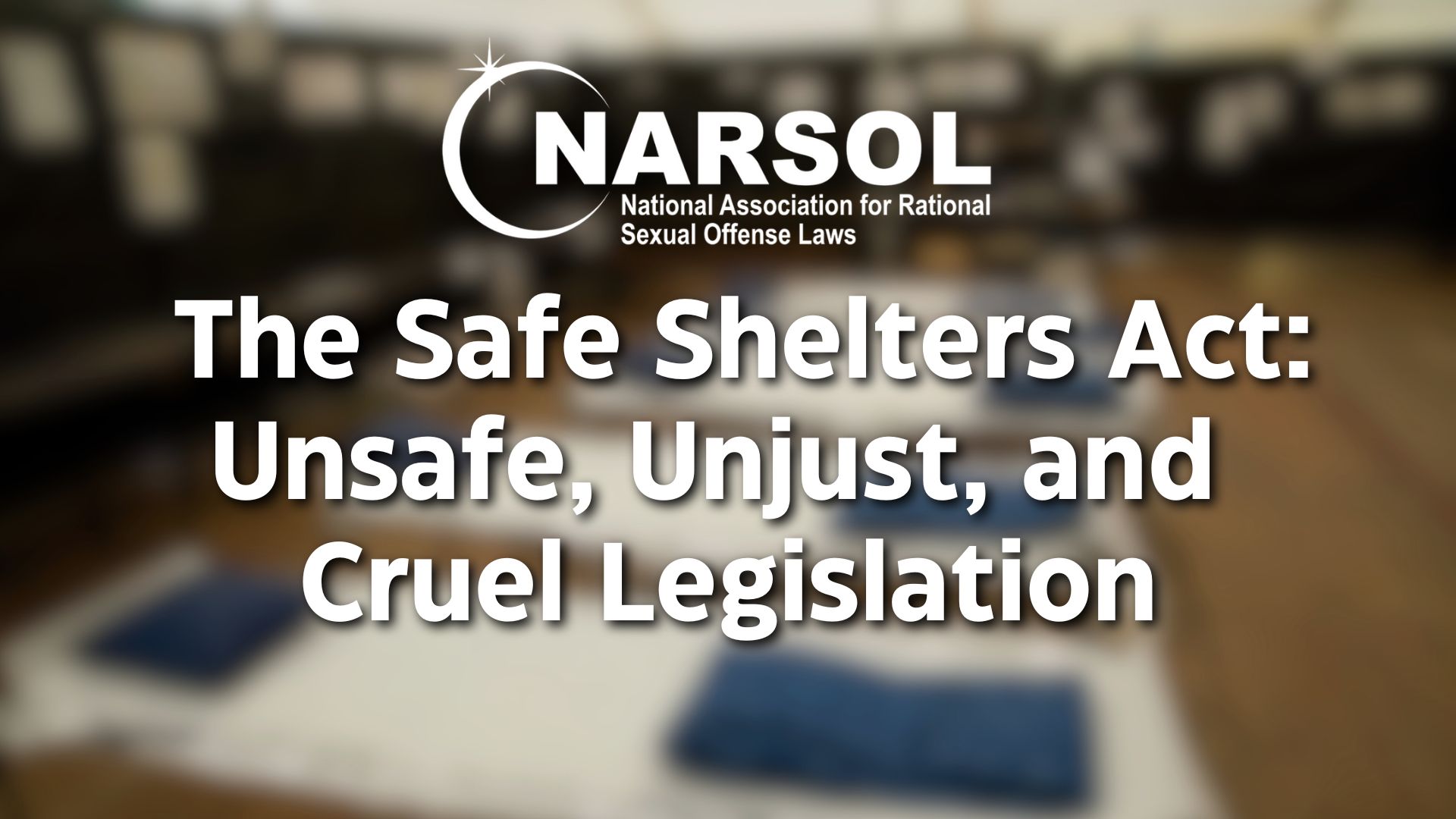“I’m a child rapist” — a story in four parts; Part III
See also: Part I – Part II – Part IV
Part III: In and through the pain
It was almost 20 years ago, when I was 38, that my stepdaughter reported our sexualized relationship that had been ongoing for several years. She told a teacher at school; it was both the worst and best day of my life. It was the worst because it meant I was facing jail, the collapse of my family, embarrassment, and all the other terrible things you can imagine and that many of you have experienced. It was the best because it meant I no longer had to lead a double life, my daughter was safe, and my family and I could finally get the help we needed.
Why hadn’t we reached out and gotten help earlier? My family and my family of origin could have always stopped, broken the cycle of abuse, and sought help at any point, but the taboo and social shaming aspects are very strong deterrents and a good example of how criminalization justice rather than restoration justice isn’t the answer. There has to be restorative hope to break these cycles of abuse; yes, punishment and accountability are important, but neither of these is restorative, and neither offers hope, and there must be hope.
I was determined to get help and stop the cycle of abuse as soon as my daughter set me free by telling the truth. I had a young son; I didn’t want him or my stepdaughter to go out into life ill-equipped as I was. The system, however, wasn’t designed to help. It was, and in many respects still is today, designed only to separate, criminalize, and punish. There was nothing like restorative justice then for sure.
I sought out and started individual therapy with a certified sexual offender therapist before I was even convicted. I stayed with this doctor for five years. He was beyond helpful, his compassion immeasurable, and I shall be forever grateful to him and all he did for me and consequently for my family.
On intake, I took the Abel Assessment Test and was determined to have a mixed attraction to both male and female adults and prepubescent minors and was clinically diagnosed with pedophilia.
Most of my therapy over the years was cognitive; however, I also had some aversion therapy with ammonia. But since mine was truly a learned behavior, the cognitive therapy helped me the most.
On my discharge, I retook the Able Assessment Test and was determined to be free from any attraction to minors and given a clean bill of health.
During our ordeal, the state and child protective services (CPS) did everything in their power to do two things: (1) break up our family, and (2) cover their asses. Working with families to ensure everyone is safe and everyone gets needed help might have been in CPS’s mission statement, but it certainly wasn’t in their actions.
To have any hope of reuniting my family, my wife and I were forced by CPS to attend a local group for “family therapy.” The group was made up of offenders, their partners, and other sexual abuse survivors and is the group I mentioned earlier that made all offenders introduce themselves as “child rapists.” Honestly, the only benefit we received from attending that group was the strength to stay together, the strength, despite all the pressure for my wife and kids to jettison me, to fight on.
I was convicted of taking indecent liberties with a minor and given five years of prison, all suspended, so all of my time was served on probation. Parole and probation were, like CPS, interested in nothing other than absolute control and covering their collective asses. Nothing close to restorative justice was in their vocabulary, much less practiced.
At the time of my conviction, I was in the process of retiring from the service, and by the grace of God, I was allowed to retire at a reduced rank and keep my benefits and retirement, which was a blessing to my family.
I had a top-secret security clearance and had secured post-service employment as a consultant on the Theater Ballistic Missile Program at the John’s Hopkins Applied Physics Laboratory. Both the job and the clearance quickly evaporated upon my conviction.
After being unable to obtain any gainful employment in a suitable field or comparable level, I was forced to take the only work I could find as a part-time, minimum-wage ticket seller for a major entertainment ticketing company, a company where I have remained for the past 18 years. I worked myself up from my initial part-time, minimum-wage employment to the position of director of product operations with a six-figure income.
My status as a registrant came up only once during my 18 years with the company. That was approximately nine years into my employment when the office where I worked was being closed and consolidated. During this transition, the company was trying to decide to whom they would offer reassignment and relocation. By this time, I had worked up to a management position and was being considered for relocation when my status as a registrant was ‘”re-discovered.” The VP of Human Resources interviewed me and indicated that since I had not lied on my initial employment application, had great annual reviews, had no incident reports, and had high recommendations that I would not be terminated and would be offered relocation. Had this happened during the first five years of my employment, I would have certainly been dismissed and would have to restart from the bottom again.


